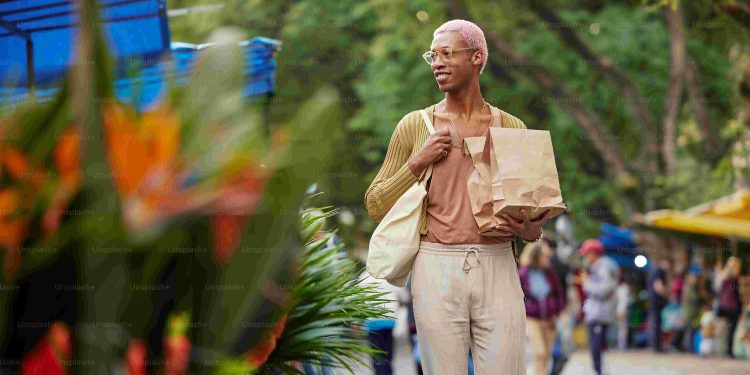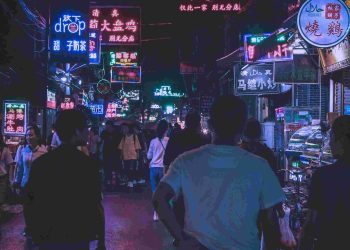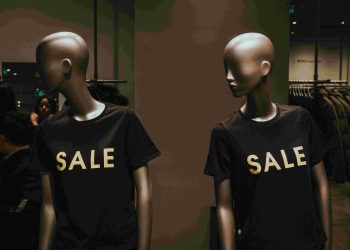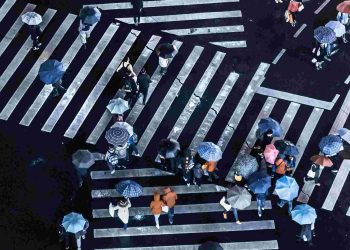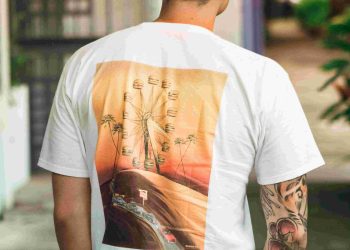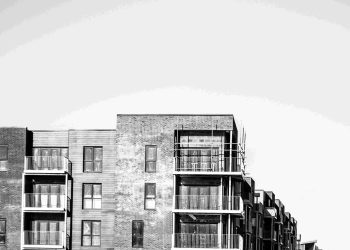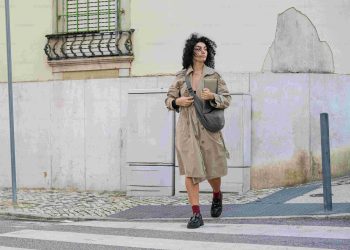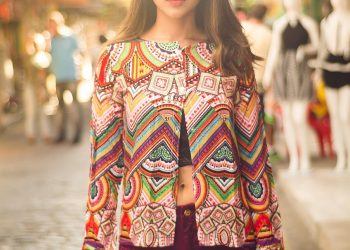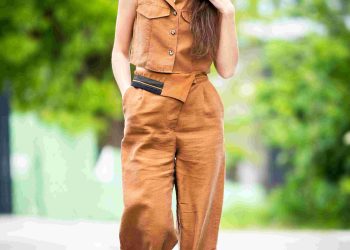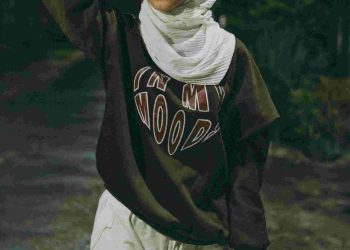Urban Street Style Diversity and Nonconformity

The Language of the Streets: Beyond Fashion
Clothing speaks. It speaks of identity, rebellion, solidarity, and sometimes, pure artistic expression. Urban street style is not just a fashion movement—it’s a cultural dialogue, one that challenges societal norms and expresses individuality in ways written language cannot. The striking contradiction of street style is this: while it often appears chaotic and uncurated, it carries a deep sense of intentionality. Every ripped hem, oversized jacket, or unconventional accessory tells a story, one rooted in nonconformity and defiance.
Growing up in a suburban town, I remember being the odd one out for choosing bold, eclectic attire over traditional staples. My wardrobe became my shield against monotony and an outlet for self-expression. But it wasn’t until I moved to the heart of a bustling city that I truly understood the transformative power of urban street style. Engaging with this ecosystem of fluid self-expression gave me a sense of freedom unlike any other.
Challenging the Status Quo Through Fashion
Urban street style stands as a direct challenge to the fashion industry’s longstanding norms. Luxury houses once dismissed streetwear as low culture. Yet in recent years, brands like Balenciaga, Off-White, and Supreme have blurred the lines between high fashion and streetwear, embracing the rebellious ethos that underpins urban aesthetics. This is not just a trend; it’s a paradigm shift. Fashion no longer trickles down—it flows upward, sideways, and in every direction, pulling in influences from graffiti art, hip-hop culture, tech innovations, and even social justice movements.
Psychologically, humans crave self-expression and self-determination. Streetwear offers a platform for this. It rejects the linear hierarchy of traditional fashion seasons and instead thrives on immediacy and democratic participation. It’s not dictated by glossy magazines but fueled by Instagram posts, YouTube creators, and Tiktok trends. Democratization has reshaped the game, allowing once-marginalized voices to influence mainstream consciousness. This evolution mirrors broader technological trends, where decentralization—think blockchain or peer-to-peer networks—empowers individuals over institutions.
The Multi-Disciplinary Nature of Urban Style
Urban street fashion doesn’t exist in isolation. It intersects with philosophy, psychology, and even business. Philosophically, it embodies the existentialist idea that we can define ourselves, even in a world full of societal expectations. Psychologically, wearing bold, unconventional styles can boost self-esteem and encourage creative thinking, as research on the “enclothed cognition” phenomenon suggests. Businesses, too, have taken note: collaborations between brands like Nike and artists such as Virgil Abloh prove that embracing nonconformity is also profitable.
On a sociological level, street fashion reflects the shifting focuses of society. Issues like sustainability, gender fluidity, and racial inclusivity are central to its narrative. Eco-friendly streetwear brands like PANGAIA and the rise of gender-neutral clothing lines show how the movement addresses broader societal concerns. Urban fashion isn’t merely reactive—it’s proactive, offering solutions where others see obstacles.
Future Trends: Where Does the Street Lead?
If the past decade has been about legitimizing streetwear, the future is about expanding its reach. Expect to see AI and technology playing an even bigger role, with digital clothing becoming a norm within virtual spaces. Platforms like Decentraland and Roblox are already allowing users to dress their avatars in high-fashion streetwear. NFTs (Non-Fungible Tokens) may soon revolutionize how clothing is bought, sold, and even owned. Imagine purchasing a unique digital jacket that exists only in the Metaverse yet has real-world social value.
Furthermore, we’re likely to see urban style influencing professional attire. The lines between “casual” and “formal” will continue blurring, as the pandemic has already highlighted the importance of comfort without compromising individuality. Sustainability will remain at the forefront of this evolution, nudging the industry toward circular fashion models where garments can be endlessly reused or recycled.
Actionable Insights: Making Urban Style Work for You
So how can you incorporate the ethos of urban street style into your life? Here are a few practical steps to get started:
-
Start Small:
Experiment with one or two bold pieces, like graphic tees or oversized jackets, before diving into a full transformation. -
Support Local Artists:
Seek out local designers and thrift shops. Your purchases will support authentic voices within the movement. -
Embrace Individuality:
Don’t just follow trends—make them your own. Mix and match clothing in unexpected ways. -
Think Sustainability:
Opt for second-hand clothing or eco-friendly brands to minimize environmental impact. -
Be Fearless:
True urban street style is about taking risks. Don’t be afraid to challenge traditional boundaries and express yourself boldly.
Ultimately, remember that urban street style is not just about what you wear—it’s about how you live. It embodies a spirit of creativity, resilience, and authenticity. In a society that often pressures conformity, choosing to stand out is itself a revolutionary act.

